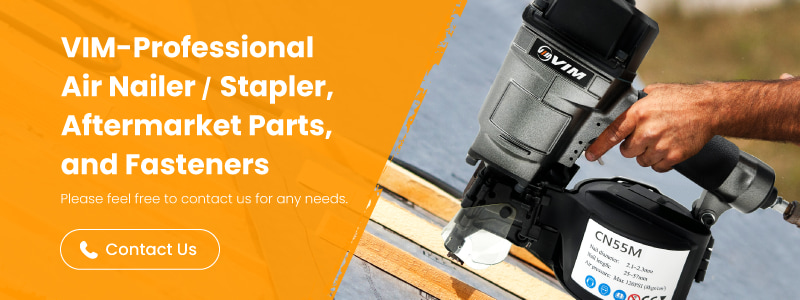Concrete Nail Guns Uncovered: Find Out All the Answers You’re Looking For
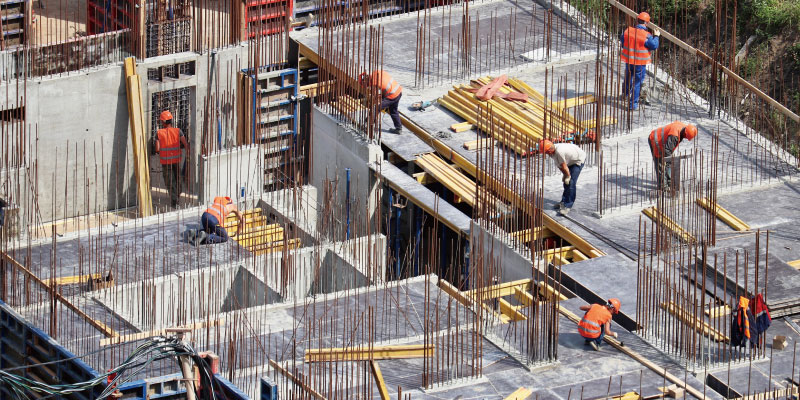
Are you looking for a tool that can fasten hard materials like steel and concrete? With so many options available on the market, it can be overwhelming to choose the right one, and you may worry that the tool you buy will not meet your expectations. If that is the case, a Concrete Nail Gun is definitely your best choice! This article will introduce what is concrete nail gun, its applications, how to choose the right one, the types of nails it uses, and how to operate it safely.
What is a Concrete Nail Gun?
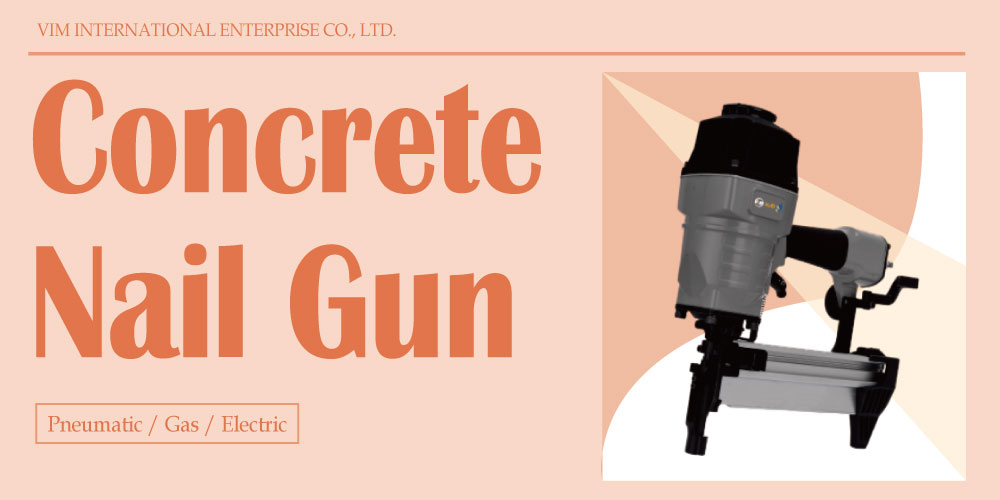 The Concrete Nail Gun also know as a Concrete Nailer is a specialized power tool designed to drive concrete nails/pins into tough surfaces like concrete, masonry, and steel. It works by using pneumatic, gas, or an electric charge to force nails through these hard materials with speed and precision.
The Concrete Nail Gun also know as a Concrete Nailer is a specialized power tool designed to drive concrete nails/pins into tough surfaces like concrete, masonry, and steel. It works by using pneumatic, gas, or an electric charge to force nails through these hard materials with speed and precision.
Concrete nail guns are frequently used in heavy-duty applications, such as fastening steel bands to concrete, attaching wood to metal, securing drywall tracks, installing wood furring, ceiling grids, and anchoring to concrete blocks, etc. This tool provides a more efficient and effective alternative to manual hammering, allowing users to complete tasks faster and with less physical effort.
Here is a chart highlights the key differences between pneumatic, gas, and electric concrete nail guns, helping you choose the most appropriate tool.
Comparison Chart of Pneumatic, Gas, and Electric Concrete Nail Gun
| Type | Pneumatic | Gas | Electric |
|---|---|---|---|
| Power Source | Compressed air | Fuel cells and Battery | Battery or Corded |
| Weight | Lightest | Heaviest | Mid-weight |
| Advantages | ● Consistent power ● Cost-effective |
● Portable | ● No fuel required ● Quiter operation |
| Disadvantages | ● Requires an air compressor and hose, less portable | ● Fuel cells and batteries need replacement ● Higher operating costs |
● Less powerful ● Limited by battery life or cord length |
| Suitable Usages | ● Continuous tasks ● Large-scale projects ● Construction sites |
● Outdoor projects ● Jobs requiring high mobility and flexibility |
● Small to medium projects ● Indoor jobs ● Occasional use |
When would I need a concrete nail gun?
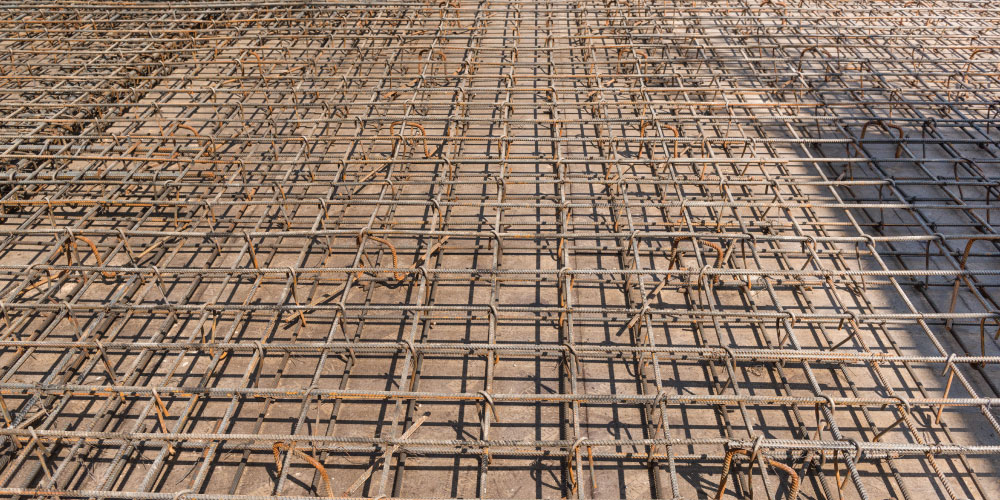 Concrete Nail Gun is essential in construction, renovation, and installation tasks that involve material such as concrete, steel, and wood. You would need it for a variety of heavy-duty projects where strong and secure fastening is required on tough surfaces. Below are some common applications:
Concrete Nail Gun is essential in construction, renovation, and installation tasks that involve material such as concrete, steel, and wood. You would need it for a variety of heavy-duty projects where strong and secure fastening is required on tough surfaces. Below are some common applications:
1. Drywall Track
Perfect for securing drywall tracks to concrete or steel structure.
2. Wood Furring
Ideal for attaching wood furring strips to concrete or masonry walls.
3. Hat Channel
Ensures reliable fastening of hat channels for creating level surfaces or supporting ceilings.
4. Ceiling Grid
Used to install drop ceilings securely and efficiently.
5. Concrete
Provides a strong hold when fastening materials directly to concrete surfaces.
6. Concrete Block
Ideal for anchoring into masonry or concrete block walls.
7. Steel
Attaches materials such as wood or drywall tracks to steel beams or supports.
Common Questions About Concrete Nail Guns
Here are some common questions about concrete nail guns. Please refer to the following Q&A for more details:
1. How to choose the most suitable concrete nail gun?
When choosing a concrete nail gun, consider the type of projects you are working on, the surfaces you will be fastening into, and the size of the nails you need.
For example, large-scale jobs require a high-efficiency and durable concrete nail gun, making the pneumatic model the perfect choice. If you need to fasten thicker materials, we recommend choosing the pneumatic concrete nail gun which is suitable for longer length concrete nail, such as VIM C3065W.
2. What types of nails are used in a concrete nail gun?
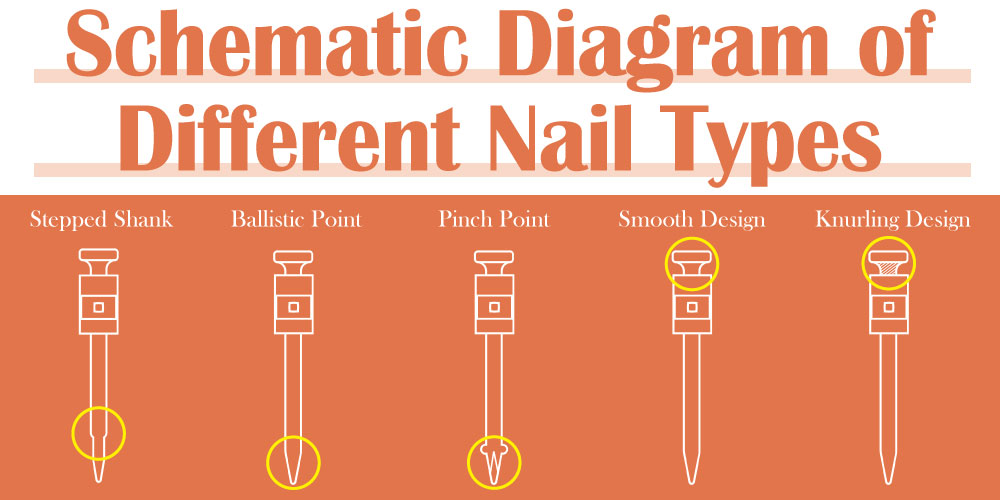 Concrete nail guns usually use concrete nails, which are specifically designed to penetrate hard surfaces like concrete, masonry, and steel. These nails are made from hardened steel to ensure they can withstand the impact and pressure required for these tough materials. Concrete nails come in different types to suit various applications:
Concrete nail guns usually use concrete nails, which are specifically designed to penetrate hard surfaces like concrete, masonry, and steel. These nails are made from hardened steel to ensure they can withstand the impact and pressure required for these tough materials. Concrete nails come in different types to suit various applications:
- Stepped Shank
The stepped shank design helps increase their holding power, making them ideal for fastening into harder surface tightly. - No Stepped Shank
Nails with a no-stepped shank feature a straight, uniform shank where the width remains consistent from the head to the tip. This design allows for smooth penetration into materials, reducing resistance and minimizing the risk of material splitting. - Ballistic Point
It has a tapered, aggressive design that allows for easier penetration into concrete while reducing the risk of splitting. - Pinch Point
This type of point has a rough tip with striped grooves that enhance grip and penetration. The textured surface provides better friction, making them ideal for stronger fastening in tough materials. - Smooth Design
The smooth surface with no ridges or patterns on shank, making them easier to drive into materials. This type of nails is commonly used for fastening concrete walls. However, they might have less holding power compared to knurling nails. - Knurling Design
The knurling nails have a textured surface that enhances grip and holding power, it is a better choice for applications where a stronger and more secure fastening is required. This type of nails is commonly used for fastening steel boards.
In addition to the differences in nail designs, factors such as shank diameter, head diameter, length, and material are all important considerations when selecting concrete nails for using with concrete nail guns.
3. How do I use a concrete nail gun safely?
 Using a powerful tool like a concrete nail gun can be dangerous, so it is very important to know how to operate it safely. Always wear protective gear such as safety glasses, gloves, and hearing protection. Be sure to point the nail gun away from yourself and others, and ensure that the surface you are working on is stable and secure. Follow the manufacturer's instructions for safe operation, and avoid using the tool near flammable materials or in confined spaces.
Using a powerful tool like a concrete nail gun can be dangerous, so it is very important to know how to operate it safely. Always wear protective gear such as safety glasses, gloves, and hearing protection. Be sure to point the nail gun away from yourself and others, and ensure that the surface you are working on is stable and secure. Follow the manufacturer's instructions for safe operation, and avoid using the tool near flammable materials or in confined spaces.
Last but not least, make sure the concrete nail gun is properly maintained. Replace easy-wear parts promptly, and check for any defects before each use to ensure safe operation.
【Extended reading:What is Driver Blade? Accomplished knowledge in original vs. aftermarket! 】
What are the advantages of VIM's Concrete Nail Gun?
VIM C3040W and C3065W are pneumatic type concrete nail guns which are designed for power, efficiency, and durability, making them ideal for tough jobs like fastening into concrete, masonry, and steel. These models feature an adjustable safety and adjustable exhaust cover, allowing users to work with better control and comfort. The quick release nose cover provides easy access for clearing jams, ensuring efficiency while using. Additionally, their magnesium body makes them lightweight but powerful.
Unlike some alternatives, VIM’s pneumatic concrete nail guns do not require a costly proprietary high-pressure compressor system. They operate with standard pressure, offering a much faster and more affordable solution compared to gas or power actuated concrete nail guns.
Furthermore, we provide OEM services, you can fully customize the concrete nail gun’s color, apply your private label, and design personalized packaging, creating a unique product line tailored to your brand.
Overall, VIM’s concrete nail guns deliver superior performance, customizability, and ease of use, making them an excellent choice for professional seeking efficiency and reliability.
Conclusion
The concrete nail gun is a crucial tool for heavy duty tasks that involve fastening materials like steel, concrete, and masonry. It offers a faster, more efficient alternative to manual hammering, saving both time and effort on the job site. Whether you choose a pneumatic, gas, or electric model, understanding the specific applications and features of each tool will help you select the most suitable option for your needs.
For instance, VIM’s C3040W and C3065W offer practical features such as adjustable safety, quick-release nose covers, and lightweight designs that make them both efficient and easy to use. These tools, along with other available options, provide versatile solutions for various professional needs in construction and renovation projects.
By selecting the right concrete nail gun, you can ensure better efficiency and reliability in demanding work environments. If you still feel confused or have any further questions we did not mentioned in this topic, feel free to contact us, we are pleased to assist you.
Article Classification
Recent Articles
- Avoid Costly Jams: 5 Proven Hog Ring Plier Repair Solutions that Work
- 4 Simple Ways to Maintain Your Hog Ring Plier for Better Performance
- Narrow vs Wide Crown Stapler: 3 Steps to Make the Right Choice
- Safety Starts Here: Explore 5 Smart Safety Designs in Pneumatic Nailers and Staplers
- Handheld vs. Foot-Operated Carton Staplers: Which Is Better for Your Workflow?

